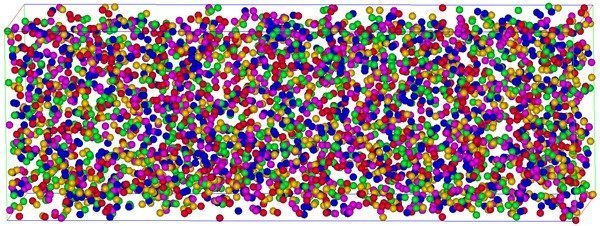The promising mechanical properties of metallic glasses (MG) such as high hardness, yield strength, and toughness [1] are desirable to exploit for structural applications. Monolithic MGs lack grains and grain boundaries; thus, the mechanical properties of MGs are depending on the chemistry as well as processing and testing conditions. However…


